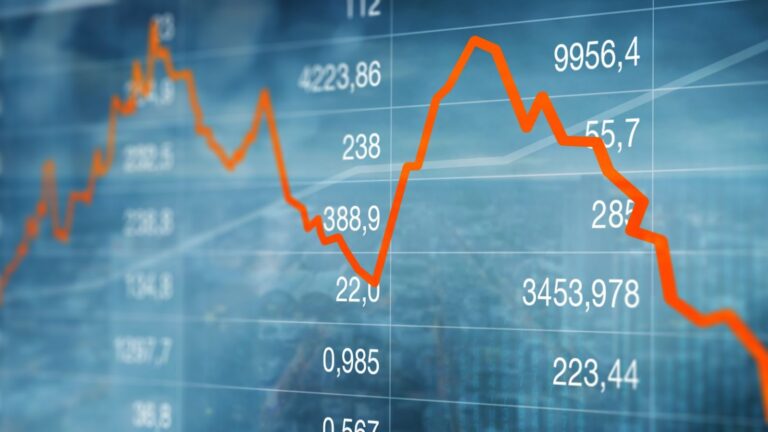When you invest in stocks, there will be times when the stock price falls. This is normal and it happens to everyone. The important thing is how you react to it. Do you panic and sell? Or do you take a deep breath and buy more shares at the lower price? This latter approach is called averaging down and it can be a very profitable strategy if done correctly.
Here’s how it works… When you average down, you are essentially buying more shares of a stock at a lower price. This lowers your overall cost basis in the stock and increase your potential profits. For example, let’s say you bought 100 shares of XYZ stock at $10 per share. The stock then falls to $8 per share. If you sell, you will lose money. But if you buy more shares at $8, you have now averaged down your cost basis to $9 per share.
What is averaging down?
Averaging down is when an investor buys more of a security at a lower price, in order to reduce the cost basis and increase profits. For example, let’s say you bought 100 shares of ABC stock at $10 per share. The stock then drops to $8 per share. You might buy an additional 100 shares of ABC stock at $8 per share. Now you own 200 shares of ABC stock, but your average cost per share is $9 ((100 x $10) + (100 x $8)) / 200).
Why would you want to average down?
There are a couple reasons why averaging down can be beneficial. First, by buying more shares at a lower price, you’re effectively reducing your cost basis. This means that you need the stock to rise less in order for you to breakeven on your investment. For example, if your original cost basis was $10 per share and you averaged down to $9 per share, you only need the stock to rise $1 (from $9 to $10) in order for you to breakeven. If the stock was originally at $10 and then fell all the way to $8, you would need it to rise $2 in order for you to breakeven.
How to average down stocks
If you’re interested in averaging down on a stock, there are a couple different ways to do it.
The first way is to simply buy more shares of the stock when it falls in price. For example, let’s say you own 100 shares of ABC stock that you bought at $10 per share. The stock then drops to $8 per share. You might buy an additional 100 shares of ABC stock at $8 per share. Now you own 200 shares of ABC stock, but your average cost per share is $9 ((100 x $10) + (100 x $8)) / 200).
The second way to average down is to use dollar-cost averaging. This involves investing a fixed amount of money into a stock at regular intervals, regardless of the stock’s price. For example, let’s say you have $1,000 to invest in ABC stock. You might invest $250 per month for four months. So, your first purchase would be 100 shares of ABC stock at $10 per share. The second purchase would be 125 shares of ABC stock at $8 per share. The third purchase would be 166.67 shares of ABC stock at $6 per share. And the fourth purchase would be 200 shares of ABC stock at $5 per share. Now you own 591.67 shares of ABC stock, but your average cost per share is $6.96 ((100 x $10) + (125 x $8) + (166.67 x $6) + (200 x $5)) / 591.67).




